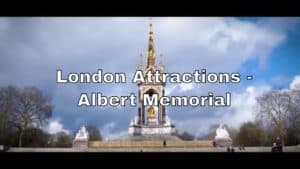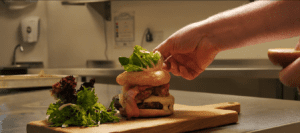Comparing Irish and Scottish Gaelic Traditions: Cultural Parallels and Divergences
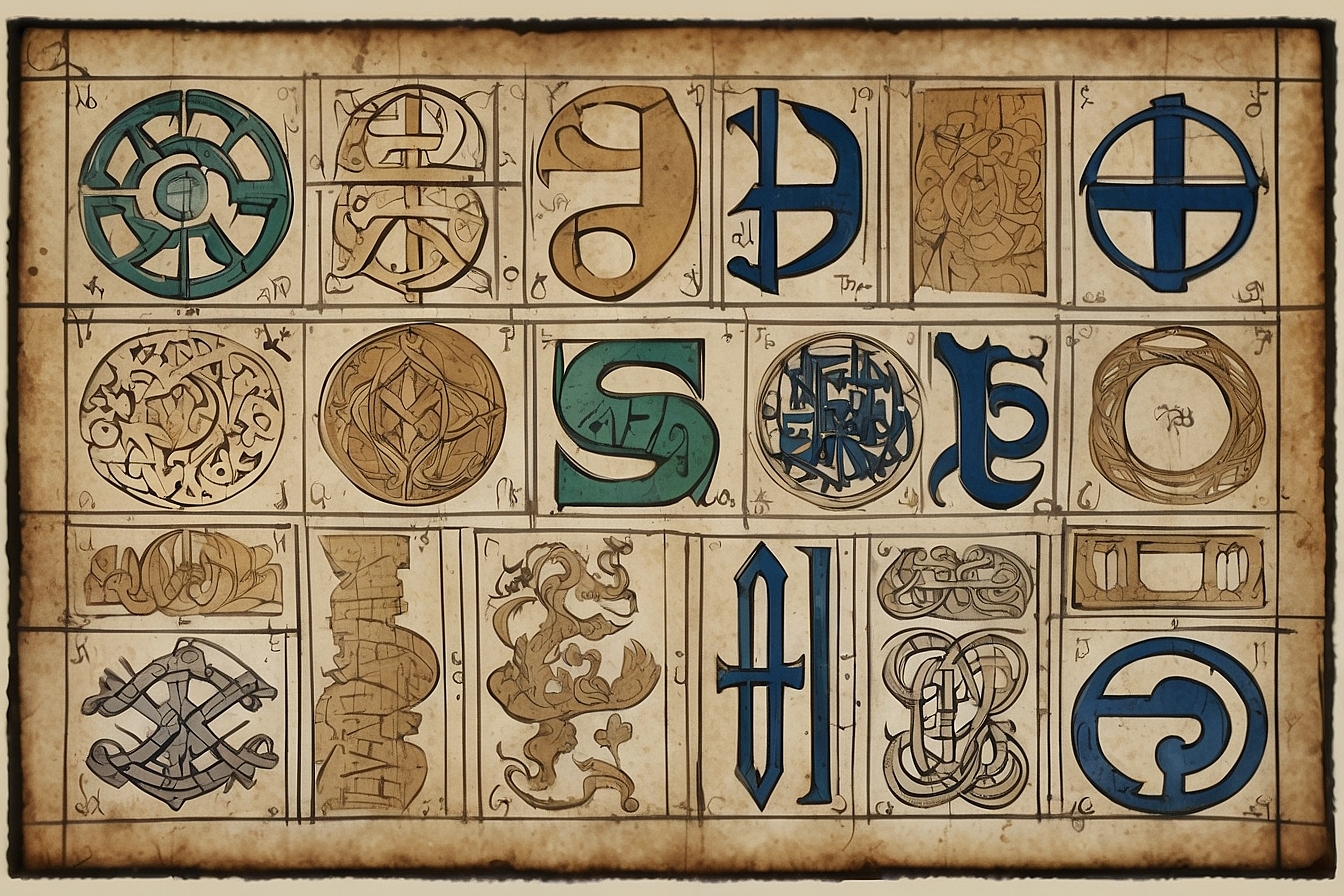
Updated On: April 21, 2024 by Shaimaa Olwan
In exploring the tapestry of Celtic languages, we often encounter vibrant traditions bound up in Irish and Scottish Gaelic traditions. Though both languages share a common ancestry, their distinct paths through history have carved out unique cultural identities for Ireland and Scotland. A deeper look at their traditions reveals the shared heritage and divergent evolution that have shaped the Gaelic languages and their speakers.
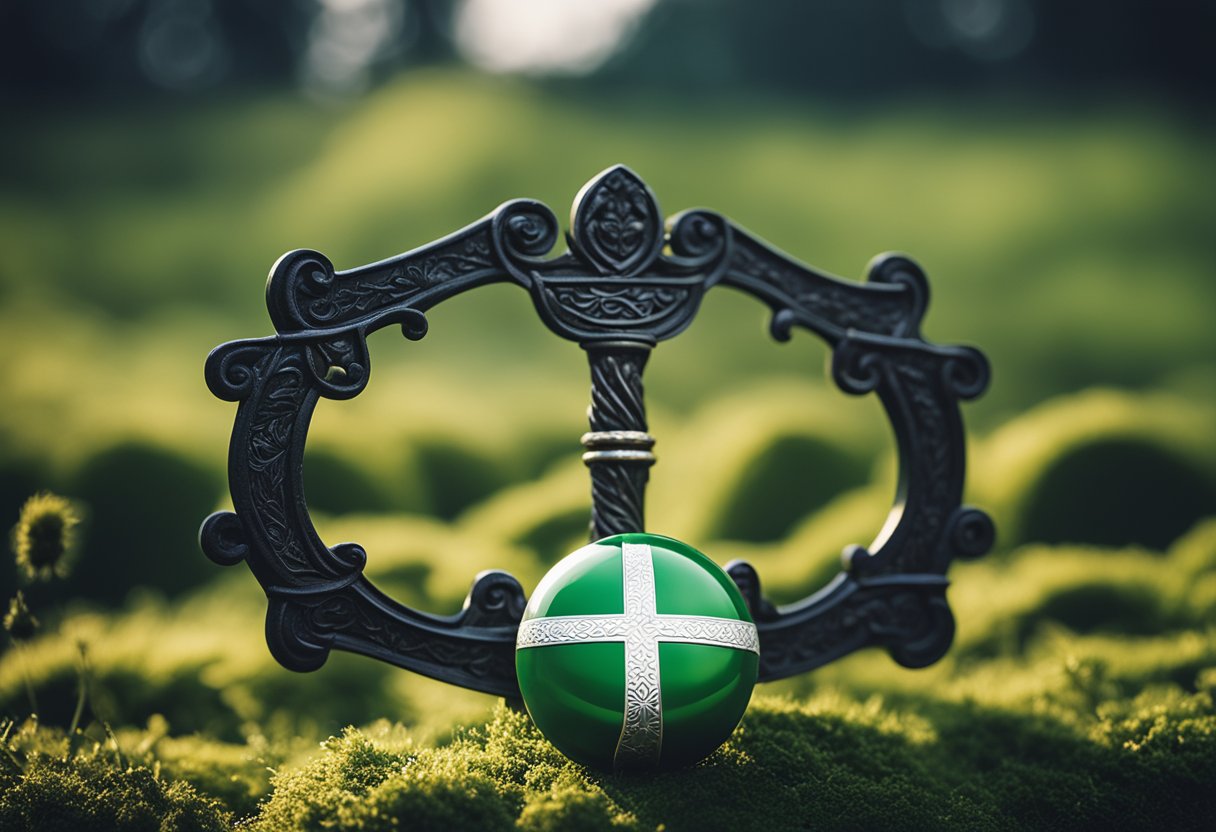
We notice that the evolution of these languages is marked by the migration of the Gaels and the varying influences over centuries, eventually branching into what we now recognise as Irish in Ireland and Scottish Gaelic in Scotland. Analysing the structure, orthography, and phonetics presents an opportunity to understand how languages can evolve differently, even from a shared origin. The distinct cultural significance both languages hold for their respective countries undeniably enriches the national identity, and we observe how language preservation efforts reflect a society’s value for its linguistic heritage.
Table of Contents
Historical Context and Language Evolution of Irish and Scottish Gaelic Traditions
Before delving into the intricate relationship between Irish and Scottish Gaelic, it is essential to understand their shared roots and the historical forces that have shaped them. Language evolution, stemming from ancient Celticism to modern-day influences, has been a defining factor in the identity of the speakers and their cultures.
Language Roots and the Celtic Connection
The Goidelic languages, encompassing Irish, Scottish Gaelic, and Manx, arise from a common Celtic ancestry. These languages are a branch of the wider Indo-European language family. The Celtic languages are generally split into two groups, Goidelic and Brythonic, with the former referred to as Q-Celtic and the latter as P-Celtic. Initially, Old Irish, as an ancestor of both Irish and Scottish Gaelic, forms the earliest documented Goidelic language.
Gaelicisation and Anglicisation
Irish Gaelic and Scottish Gaelic have both undergone periods of Gaelicisation, where regions that were previously non-Gaelic-speaking adopted the language and cultural practices. For instance, Dál Riata, an early kingdom that spanned parts of western Scotland and northeastern Ireland, played a crucial role in the spread of Gaelic from Ireland to Scotland. Conversely, both languages have experienced Anglicisation, particularly under British rule, whereby English language and culture were promoted often at the expense of Gaelic traditions.
Governmental Impact on Language
Government policies have significantly influenced the trajectory of Gaelic languages. In the United Kingdom, for example, there has been a history of suppression of Scottish Gaelic, whereas more recent efforts by the government and educational policies endeavour to revive interest in the language. Meanwhile, in the Republic of Ireland, Irish Gaelic enjoys the status of the first official language and is also recognised as an official language of the European Union. These differing governmental approaches have had lasting impacts on the vitality of both Irish and Scottish Gaelic.
Language Structure and Orthography
In comparing Irish and Scottish Gaelic, one cannot help but notice their intriguing similarities and distinctions in grammatical frameworks, spelling conventions, and use of alphabetic characters.
Grammatical Differences
Irish and Scottish Gaelic share Celtic roots, which underpin their grammatical structures. While both feature verb-subject-object (VSO) word order, there are nuanced disparities. In Irish, the verb is conjugated to include the pronoun, thereby often eliminating the need for a separate subject pronoun. Scottish Gaelic, by contrast, tends to use explicit subject pronouns. This can create subtle but important distinctions between the two.
Spelling and Pronunciation
Spelling and pronunciation in Irish and Scottish Gaelic have evolved separately leading to notable differences. The spelling reforms in Irish during the mid-20th century simplified many older letter combinations. Such reforms have not occurred in Scottish Gaelic, which retains the more traditional orthography to a greater extent. For instance, the Irish word for ‘night’ is spelled ‘oíche’ and pronounced /iːhə/, while in Scottish Gaelic, it is ‘oidhche’ and pronounced /ɤɪ.çə/.
Alphabet and Accent Marks
The Latin alphabet is used in both languages but with Language-specific adaptations. Irish utilizes the standard 26-letter Latin alphabet with the addition of accent marks, known as síneadh fada (literally ‘long stretch’), to denote long vowels. Scottish Gaelic uses just 18 letters and includes similar accent marks, although their occurrence and impact on pronunciation may differ. For example, the accented letter ‘ó’ in Irish typically corresponds to a long /o:/ sound, while in Scottish Gaelic, ‘ò’ represents /ɔ:/.
Cultural Significance and Identity
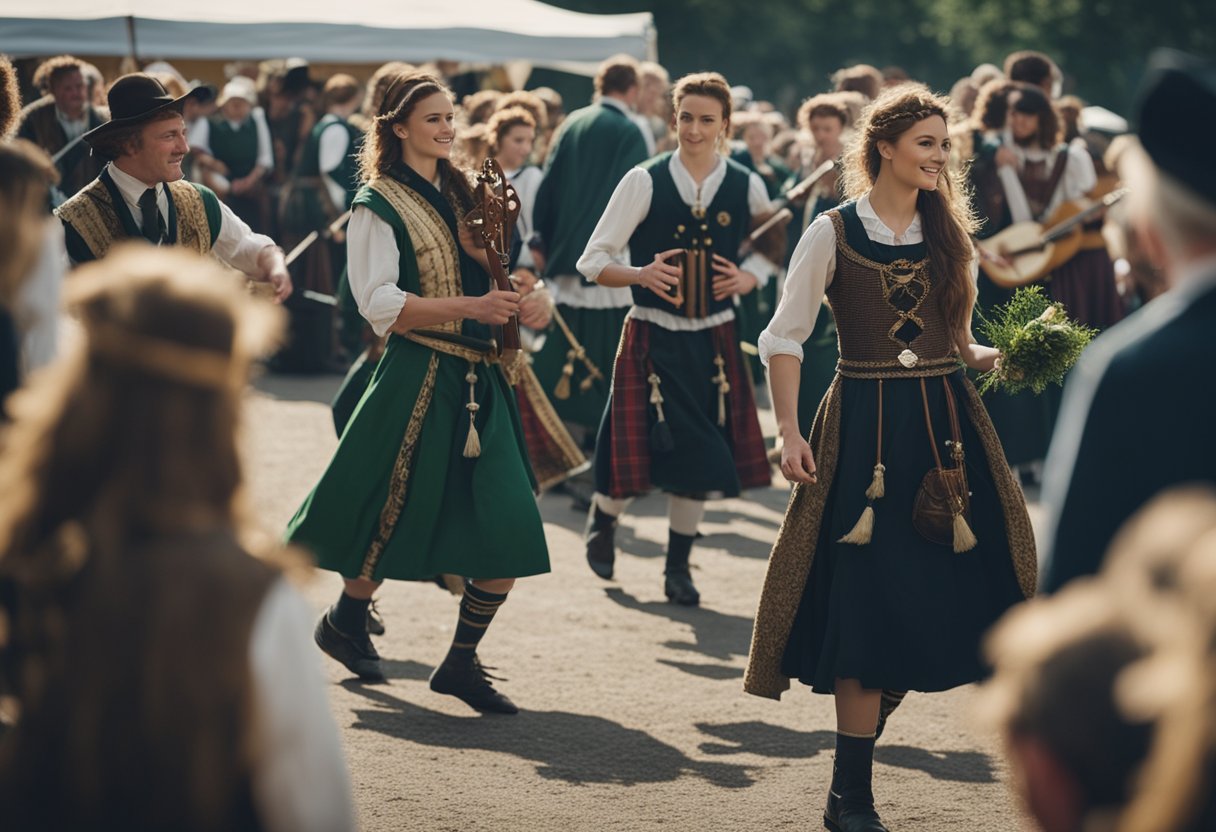
The vibrant cultural tapestry of the Celtic nations is significantly coloured by the distinctive traditions and identities formed through Irish and Scottish Gaelic. Our exploration here dissects the elements that shape these Gaelic cultures and their impact on national identities.
Celtic Traditions and Modern Celebrations
Celtic culture thrives on festivals imbued with a deep historical resonance, such as St. Patrick’s Day, which honours the patron saint of Ireland. Celebrations often merge ancient customs with contemporary festivities, where the ubiquitous harp symbolises the rich musical heritage. Meanwhile, in Scotland, old customs thrive within Gàidhlig speaking communities, as Gaelic’s cultural significance is marked by music, dance, and storytelling, ensuring the language’s relevance in modern times.
Symbols of National Identity
The commitment to national identity through cultural symbolism is evident in both Irish and Scottish Gaelic traditions. In Ireland, the harp, once a symbol of resistance, now adorns the presidential flag, representing the nation’s history and cultural legacy. Across the sea, Scotland acknowledges Gàidhlig as a core component of Scottish identity, seen in educational policies and public life, anchoring its people to their Celtic roots while navigating their contemporary Scottish identity.
Religious Influences
In Ireland, Roman Catholicism has historically intertwined with Irish Gaelic, influencing cultural expressions and festivities, and reflecting a deeply religious society. Protestantism, chiefly through the Church of Scotland, has similarly shaped Scottish Gaelic traditions while exercising a distinct cultural influence in the form of Presbyterian values and ethics. These religious institutions have contributed to the Gaelic cultures’ complexity, underpinning the moral and social fabric of the Celtic nations.
Educational Approaches and Learning Resources
In both Irish and Scottish Gaelic teaching, the focus is on immersive language experiences and providing a multitude of resources to support learners of all ages. Let’s review the pivotal elements of education systems and the modern digital tools available for Gaelic.
Formal Education Systems
In Scotland, Gaelic education has received considerable attention, with resources to support Gaelic Medium Education (GME) at all schooling levels. There’s an emphasis on incorporating Gaelic into the school curriculum. Children may start learning Gaelic as a first or second additional language from an early primary age, integrating language learning within the wider educational framework. For instance, the Advice on Gaelic Education from Education Scotland offers guidelines to enhance the teaching and expansion of Gaelic.
In Ireland, Irish Gaelic is a compulsory subject within the school curriculum, and significant efforts are made to revitalise the language, particularly in Gaeltacht areas—regions where Irish is the primary spoken language. According to the 2016 census, despite a decrease in daily speakers, there remains a strong push in education to preserve and promote Irish.
Digital and Community Resources
The digital landscape is burgeoning with Gaelic language learning tools for both Irish and Scottish Gaelic. Duolingo, for example, now offers courses in both languages, making learning accessible worldwide. The rise of online resources and mobile apps has also made translation and interpretation services more accessible, helping language learners and speakers to practice more conveniently.
Communities play a crucial role in both Irish and Scottish Gaelic traditions, with organisations producing a range of resources. Online portals such as Stòrlann offer Gaelic resources for schools across different age groups. These include materials not just for language instruction but also for subjects taught through the Gaelic medium, aiding both learners and educators in the journey of language acquisition and cultural immersion.
By harnessing such educational approaches and resources, we support the living tradition of Gaelic languages and ensure that cultural heritage continues to thrive through generations.
Language Preservation and Revival
In our examination of the Gaelic languages, we’ve seen concerted efforts aimed at their preservation and revival. These initiatives are pivotal for the survival and flourishing of these rich linguistic traditions.
Governmental and Organisational Efforts
In both Ireland and Scotland, governmental bodies have been pivotal in implementing policies to support the Irish language and Scots Gaelic. Ireland has seen the establishment of Údarás na Gaeltachta, which promotes economic and social development in Irish-speaking regions, playing a crucial role in the language’s revival. Scotland has passed legislation such as the Gaelic Language (Scotland) Act 2005, aiming to secure the status of Gaelic as an official language of Scotland, equal to English.
Additionally, organisations like Foras na Gaeilge and Bòrd na Gàidhlig have reformed language advocacy and development. These groups offer resources, funding, and support for language learning initiatives and community programmes to encourage the daily use of Gaelic languages.
Media and Literature
Media and literature have been instrumental in the revitalisation of these languages. TG4 and BBC Alba provide Irish and Scottish Gaelic-language television programming, respectively, presenting news, entertainment, and educational content in Gaelic, thus normalising its use in media.
In literature, there has been a resurgence of interest in both languages, with publishers releasing books in and about both the Irish and Scottish Gaelic languages. These range from children’s stories to modern novels, linking past and present traditions while fueling interest and competency in the languages.
UNESCO and Endangered Status
The United Language Group and UNESCO have identified both Irish and Scots Gaelic as endangered languages, drawing international attention to their precarious positions. Efforts like UNESCO’s Atlas of the World’s Languages in Danger map out the languages at risk, raising awareness of the critical need to protect these facets of our cultural heritage. This global recognition underscores the importance of the British Empire’s influence in the historical decline of indigenous languages and the contemporary efforts to revitalise them.
Our collective efforts within communities, supported by governmental, organisational, and international frameworks, are the backbone of the modern resurgence of the Irish and Scots Gaelic languages. Through these measures, we aim to ensure the ongoing vitality of these ancient tongues.
Phonetics and Dialects
Irish and Scottish Gaelic languages are rich tapestries of sound, each with varied dialects influencing their phonetics. Here, we’ll explore the regional pronunciation variations and the extent to which the two languages are mutually intelligible.
Regional Varieties and Pronunciation
Irish Gaelic can be categorised broadly into three main dialects: Connacht, Munster, and Ulster, with Ulster’s pronunciation closely relating to that of Scottish Gaelic, particularly in Donegal. For example, in some parts of Ulster, “ao” is pronounced /eː/ as opposed to /iː/ in Munster.
In Scottish Gaelic, there are also distinctive regional accents and dialects. For instance, the Gaelic of the Outer Hebrides bears notable differences from mainland varieties. A phonetic disparity is evident in the treatment of the “broad” and “slender” consonants, with slender consonants often palatalised in the Hebrides.
Mutual Intelligibility
While Irish and Scottish Gaelic share historical roots in the language known as Scots Irish, their distinct developments over centuries have led to different degrees of mutual intelligibility.
Speakers from the northern parts of Ireland and southern regions of Scotland, like those from Donegal and the Scottish Gàidhealtachd, may grasp a higher level of mutual intelligibility, attributed to the historical interactions across the North Channel. However, wider comprehension between all Irish and Scottish Gaelic speakers variably exists and is generally limited.
Linguistic Similarities and Differences
When exploring Irish and Scottish Gaelic, it’s crucial to consider both their commonalities and unique characteristics. Each language displays distinctive vocabulary and syntax, yet they share a significant number of cognates owing to their origins.
Comparing Vocabulary and Syntax
Irish Gaelic, also known as Gaeilge, and Scottish Gaelic, or Gàidhlig, exhibit notable differences in vocabulary and syntax, although they are closely related. In Irish, for instance, we find “madra” for dog, while in Scots Gaelic, it is “cù.” For sentence structure, Irish tends to follow a verb-subject-object (VSO) order, divergent from English, whilst Scottish Gaelic also employs VSO but with its nuances.
In the realm of similarities, both languages use inflected prepositions, which combine prepositions with personal pronouns. For example, “with me” becomes “liom” in Irish and “leam” in Scottish Gaelic, illustrating both the variance and likeness between the two.
Cognate Studies and Etymology
Delving into cognates, we find that the two languages share a wealth of words with similar roots due to their shared ancestry. An example can be seen in the word for “school” – “scoil” in Irish and “sgoil” in Scots Gaelic. These shared roots serve as a linguistic bridge between Irish and Scottish Gaelic.
The etymology of these cognates often traces back to Old Irish, indicating a shared linguistic heritage. Through etymological studies, one can better understand how historical developments have shaped the modern forms of both languages, acknowledging variations that have emerged over time.
Social and Political Context
The interplay between language and national identity is evident in the histories of Ireland and Scotland, where Gaelic has both influenced and been shaped by socio-political dynamics.
Influence on National Independence Movements
In Ireland, the Irish language, or Gaeilge, has been a cornerstone of national identity, intertwined with the struggle for independence from British rule. Our involvement in the independence movement saw the Gaelic Revival of the late 19th and early 20th centuries strive to restore the language’s prominence as a symbol of Irish sovereignty. Due to this resurgence, the Gaelic language became not only a cultural asset but a political tool as well.
In Scotland, Scottish Gaelic, or Gàidhlig, played a more subdued role in the Scottish National Party’s push towards autonomy. However, it has still been a part of Scotland’s cultural narrative, particularly in the context of preserving Scottish Gaels’ identity within the broader UK framework.
Modern Language Policies and Protests
Ireland’s government has consistently supported the Irish language through robust policy measures, seeing considerable public funding channelled into the Gaeltacht regions and Irish language broadcasting services. Initiatives such as the Official Languages Act 2003 and the 20-Year Strategy for the Irish Language 2010-2030 highlight our commitment to fostering the language’s growth.
Scotland, on the other hand, has enacted policies like the Gaelic Language (Scotland) Act 2005 to revive and promote Scottish Gaelic. Despite these efforts, the funding in Scotland is less when compared to that of Ireland, suggesting a variance in prioritisation. Protests in Scotland, such as those advocating for increased Gaelic signage, demonstrate the community’s ongoing struggle for language recognition and support.
Our understanding of the social and political context of both Ireland and Scotland reveals a nuanced relationship between language and national identity, with Irish and Scottish Gaelic being both tools and symbols for independence movements and cultural preservation efforts.
Frequently Asked Questions
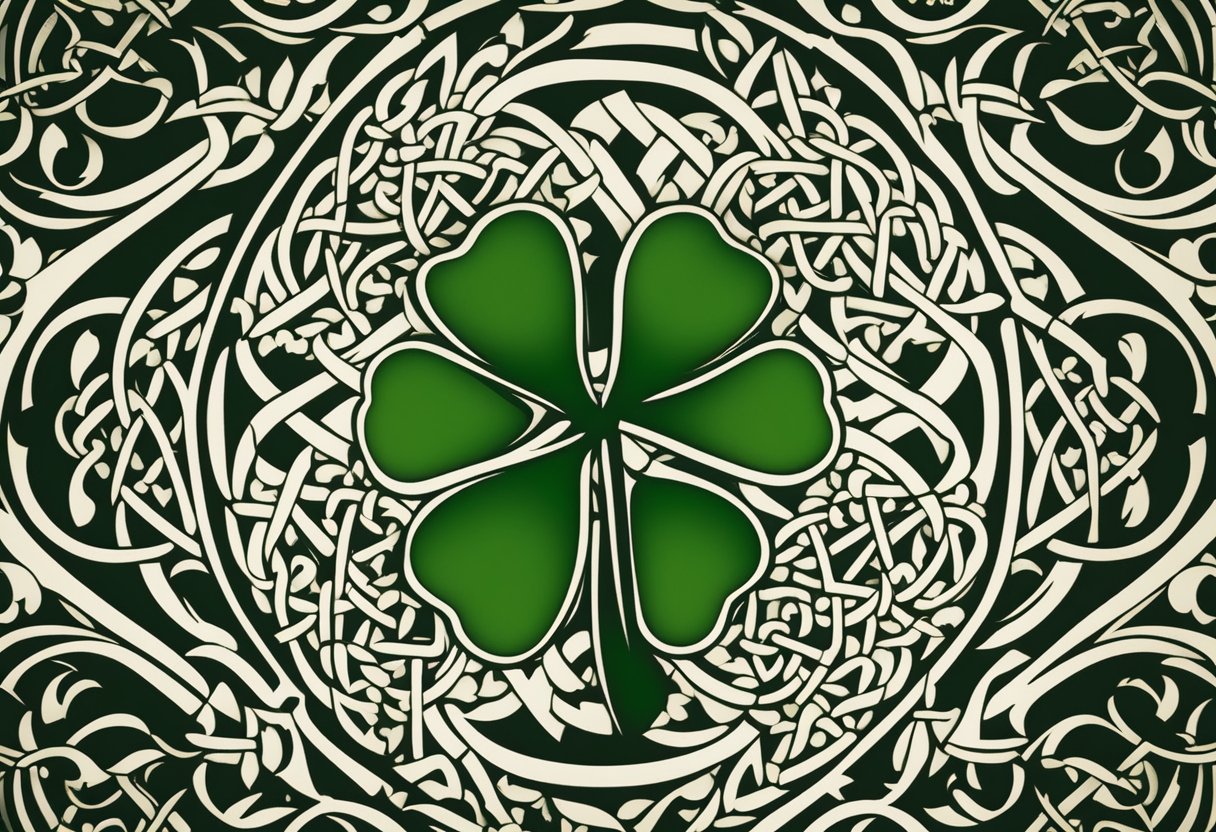
In our discussion, we address some of the most commonly asked questions about the distinct qualities and histories of both Irish and Scottish Gaelic languages.
What are the key differences in pronunciation between Scottish Gaelic and Irish Gaelic?
Scottish Gaelic pronunciation often includes a rolling ‘r’ and a guttural sound that’s less evident in Irish Gaelic. Vowels in Scottish Gaelic are also pronounced shorter and sharper in comparison to Irish Gaelic.
To what extent are speakers of Irish Gaelic able to understand Scottish Gaelic?
Understanding between the two languages varies. Some speakers of Irish Gaelic may grasp the gist of Scottish Gaelic, especially those from Ulster, where the Irish dialect is closest to Scottish Gaelic.
How do the grammatical structures of Irish and Scottish Gaelic compare?
While both languages share Celtic roots, there are differences in their verb formations and syntax. For instance, Irish Gaelic often uses a verb-subject-object structure, whereas Scottish Gaelic typically uses verb-subject.
What historical factors contribute to the evolution of both Irish and Scottish Gaelic?
The migration of Gaels from Ireland to Scotland around the 5th century led to the development of Scottish Gaelic from Old Irish. Over time, political and social changes contributed to divergent linguistic evolutions.
Can learning Irish Gaelic facilitate the learning of Scottish Gaelic or vice versa?
Learning one can be advantageous when studying the other due to their shared origins and similarities in vocabulary and sentence structures. However, differences in pronunciation, grammar, and usage must still be mastered.
In what ways do the cultural traditions associated with Scottish Gaelic differ from those of Irish Gaelic?
Scottish Gaelic has unique traditions such as the ceilidh, a social gathering with music and dancing, and the mod, a festival of Scottish Gaelic song, arts, and culture. These differ from Irish cultural expressions like the sean-nós singing and the Irish language feiseanna.


